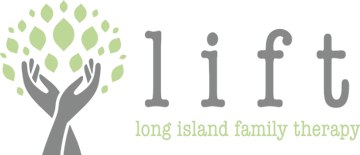5
Jul
2015
2015
Exercise and Your Child
by Dr. Deena Abbe, Ph.D.
Remembering back to one hot spring day years ago, as siblings often do, my first and third son were just at each other; screaming, yelling, possibly trying to pull the other one’s hair out. And I had had enough. The lawn was a mess. It was a beautiful day. I screamed for everyone to go outside and start pulling up every weed that I could see.
And three hours later, we had a beautiful lawn and garden. More importantly, my son’s behavior was impeccable for days. He was polite. He sat when appropriate. He was kind. He got along better with everyone. This lasted for about three days. Then everything went back to normal. Sigh.
What is it about sweaty and sustained activities that changes these children? There is a plethora of scholarly articles that talk about how various parts of the brain are “rewired” temporarily through exercise. There are probably even more anecdotal stories you will hear about how this person’s life changed when they began to, say, play soccer.
While there’s a lot of neurochemistry involved, here’s a simple analogy to understand how learning works with kids, especially those who have ADHD.
Imagine you ride a bicycle through dry dirt which is hard and packed solid. Regardless of how often you ride the same path, you probably won’t make a significant dent. Now, try riding the same path after it has rained. The ground is wet and muddy. The more you ride in that same path, the deeper the trench you make with your tires. Even when it dries, that trench will still be there for a bit. After a while, sure, it dries out and you have to start again. But riding over that same area, again and again, over years, creates a deep groove in the ground, and that’s the path your bicycle will naturally want to follow.
This is how children learn. And the more they exercise, the more they are able to pick up on appropriate social cues and provide appropriate responses. By being rewarded, even by the simple fact of feeling good because they aren’t being yelled at, the more likely they are to do that behavior again.
These kids need a little more help to understand how they should behave. Exercise helps them read the social cues being thrown out all around them. The more they exercise, the more they are able to read the social cues. The more they practice that behavior, the more reinforced that behavior is.
In the long run, children who regularly exercise will not only develop a love for it, but will have the tools to help them relieve and cope with stress. Ultimately, it is a wonderful way to help them learn how to be able to learn.

